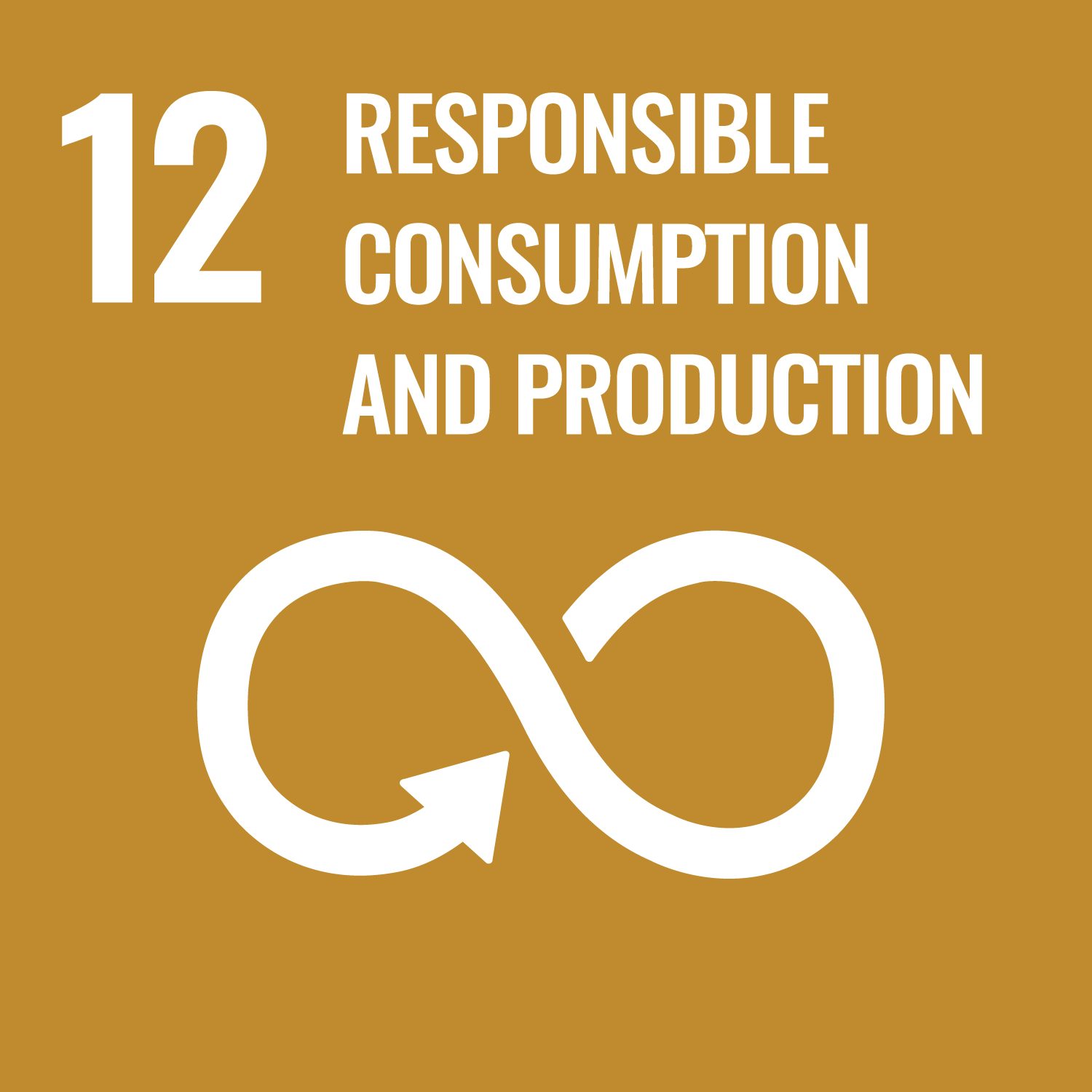
Goal 12: Ensure sustainable consumption and production patterns
Making significant changes to the way we utilize our planet’s resources is absolutely critical to the survival of our species. Producers need be more sustainable, and more resource efficient. Consumers need to waste less and re-use more. As a whole, we need to decouple economic growth with environmental degradation. As populations and economies grow, so does the strain we place on Earth’s resources. We need to do more with less. It is projected that if the population reaches 9.6 billion by 2050, then we would need the resources of three planets to support our current lifestyles. This is not a problem for future generations to solve. This is an immediate threat.
Below are some other statistics related to Goal 12 from the United Nations;
- Each year, an estimated one third of all food produced, or roughly 1.3 billion tonnes, is wasted. Roughly one third of that waste happens in the supply chain before it ever reaches consumers
- The Global Material Footprint in 2010 was 73.2 billion metric tons. In 2017, it reached 85.9 billion metric tons, an increase of 17% in just 7 years
- Global domestic material consumption per capita rose by 7% from 2010 to 2017, from 10.8 metric tons to 11.7 metric tons. Consumption in Europe and North America is 40% higher than the global average
- Less than 3% of the world’s water is drinkable. Of this, 2.5% is frozen, leaving just .5% of the world’s water to sustain all of humanity
- Water use has been increasing by roughly 1% annually since the 1980’s, with agriculture accounting for roughly 69% of the total usage, industry for 19%, and households 12%
- In 2015, the share of renewable energy in total worldwide energy consumption, reached 17.5%
- If the entire world switched to energy efficient lightbulbs, we would save $120 billion annually
- For more statistics related to Sustainable Consumption and Production, please see the Goal 12 Progress site here
Goal 12 Targets:
- 12.1 Implement the 10-year framework of programmes on sustainable consumption and production, all countries taking action, with developed countries taking the lead, taking into account the development and capabilities of developing countries
- 12.2 By 2030, achieve the sustainable management and efficient use of natural resources
- 12.3 By 2030, halve per capita global food waste at the retail and consumer levels and reduce food losses along production and supply chains, including post-harvest losses
- 12.4 By 2020, achieve the environmentally sound management of chemicals and all wastes throughout their life cycle, in accordance with agreed international frameworks, and significantly reduce their release to air, water and soil in order to minimize their adverse impacts on human health and the environment
- 12.5 By 2030, substantially reduce waste generation through prevention, reduction, recycling and reuse
- 12.6 Encourage companies, especially large and transnational companies, to adopt sustainable practices and to integrate sustainability information into their reporting cycle
- 12.7 Promote public procurement practices that are sustainable, in accordance with national policies and priorities
- 12.8 By 2030, ensure that people everywhere have the relevant information and awareness for sustainable development and lifestyles in harmony with nature
- 12.A Support developing countries to strengthen their scientific and technological capacity to move towards more sustainable patterns of consumption and production
- 12.B Develop and implement tools to monitor sustainable development impacts for sustainable tourism that creates jobs and promotes local culture and products
- 12.C Rationalize inefficient fossil-fuel subsidies that encourage wasteful consumption by removing market distortions, in accordance with national circumstances, including by restructuring taxation and phasing out those harmful subsidies, where they exist, to reflect their environmental impacts, taking fully into account the specific needs and conditions of developing countries and minimizing the possible adverse impacts on their development in a manner that protects the poor and the affected communities
This Month’s Challenge:
In January 2021, we are sharing more datasets thanks to our friends at the Centre for Humanitarian Data. Links to a number of datasets from the Humanitarian Data Exchange related to consumption and production can be found on our data.world site here. And as always, we are sharing Goal related data from the U.N.’s Sustainable Development Goal Database, with regional data on all of the targets listed above.
If you would like participate, you can use data from any source, but the overall goal is to focus your analysis on some of the topics mentioned in the Targets section above. If you come across other interesting datasets, please let us know so we can add them to our data.world project. The deadline for submission will be January 31, 2021. Make sure to tag us in your submission, add the #TheSDGVizProject hashtag, and add your submission to #TheSDGVizProject tracker.
As we mentioned on our Home page, building a viz is not the only way to participate. Our main goal is to spread awareness, so if you see a viz with #TheSDGVizProject, please share it. And keep an eye out for a post at the end of the month with ways that you can contribute to this month’s goal.
Sources:
Humanitarian Data Exchange (HDX)
